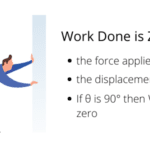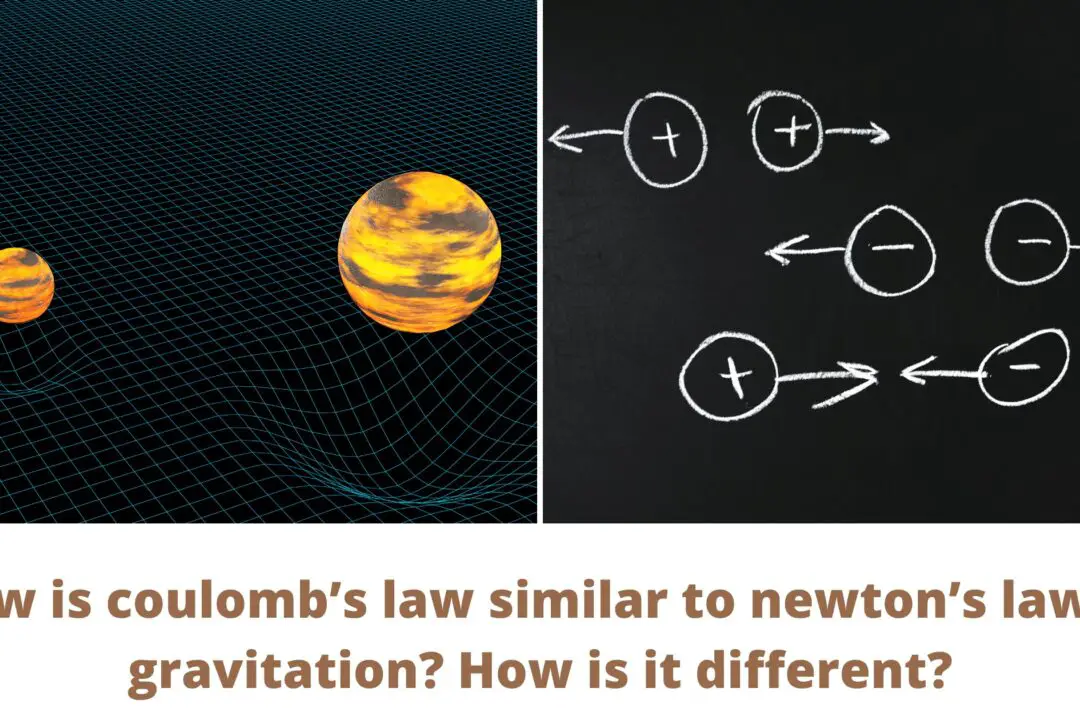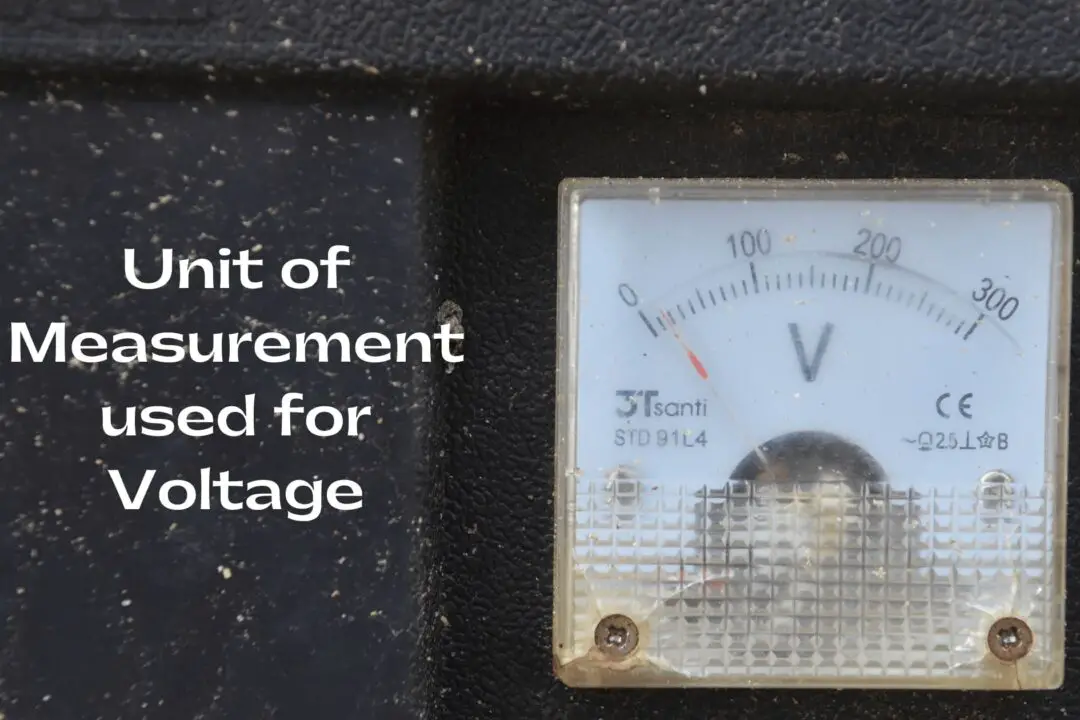Dimensions of resistance in an electrical circuit, in terms of dimension of mass $M$, of length $L$, of time $T$ and of current $I$, would be: [PMT/NEET-2007]
a. $[ML^{2}T^{-2}]$
b. $[ML^{2}T^{-1}I^{-1}]$
c. $[ML^{2}T^{-3}I^{-2}]$
d. $[ML^{2}T^{-3}I^{-1}]$
Answer: c. $ [ML^{2}T^{-3}I^{-2}] $
Explanation:
To find the dimensions of electrical resistance, we can use Ohm’s law: $ V = IR $, which gives us $ R = \frac{V}{I} $.
Finding dimensions of voltage (V)
Voltage is defined as work done (or energy) per unit charge:
- Energy has dimensions: $ [ML^{2}T^{-2}] $
- Electric charge has dimensions: $ [IT] $ (current × time)
- Therefore, voltage $ V = \frac{\text{Energy}}{\text{Charge}} $ has dimensions:
$ \frac{[ML^{2}T^{-2}]}{[IT]} = [ML^{2}T^{-3}I^{-1}] $
Finding dimensions of resistance (R)
Using $ R = \frac{V}{I} $:
- Voltage $ V $: $ [ML^{2}T^{-3}I^{-1}] $
- Current $ I $: $ [I] $
- Therefore, resistance $ R $ has dimensions:
$ \frac{[ML^{2}T^{-3}I^{-1}]}{[I]} = [ML^{2}T^{-3}I^{-2}] $
Verification using electrical power
We can verify this using the power formula $ P = I^{2}R $:
- Power has dimensions: $ [ML^{2}T^{-3}] $
- Current squared: $ [I^{2}] $
- Solving for resistance: $ [R] = \frac{[ML^{2}T^{-3}]}{[I^{2}]} = [ML^{2}T^{-3}I^{-2}] $
Both methods confirm that the dimensions of electrical resistance are $ [ML^{2}T^{-3}I^{-2}] $.





